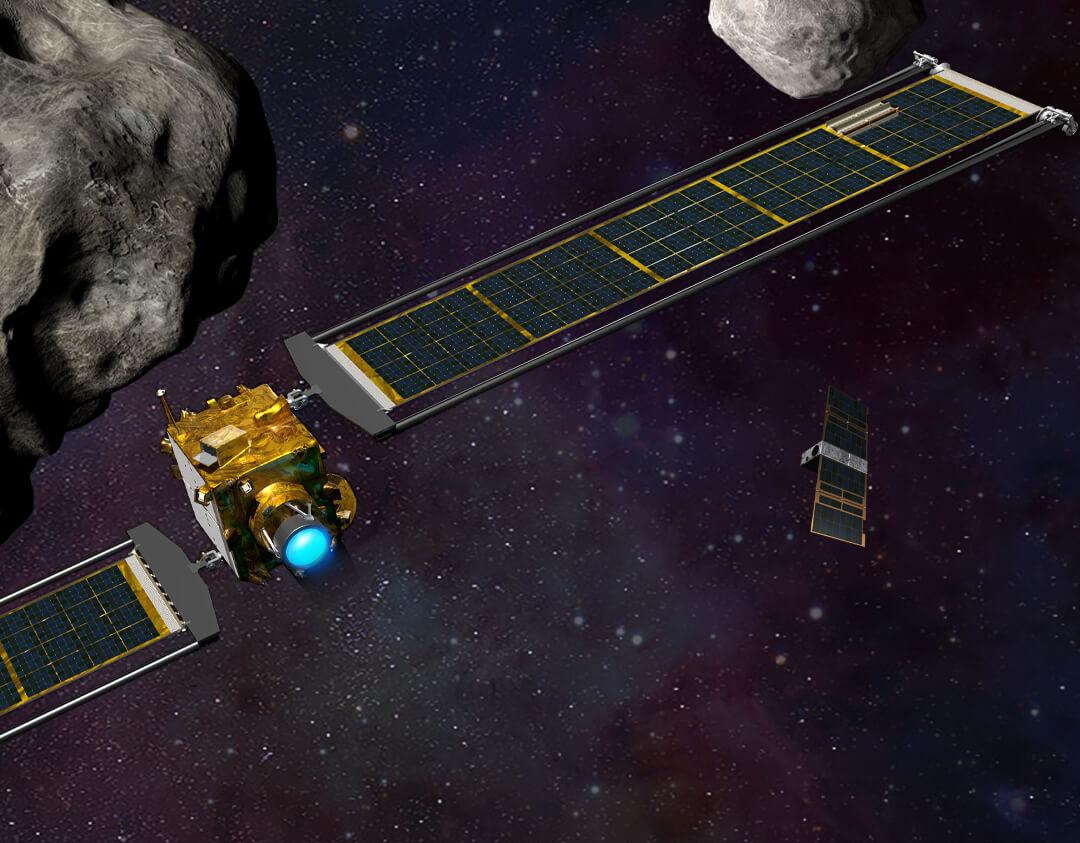-
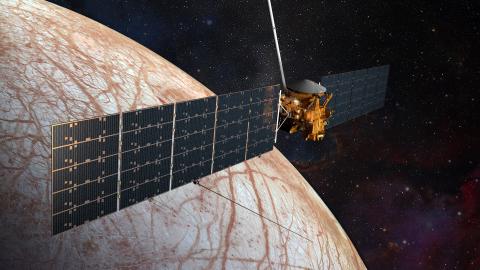 Sep 6, 2023
Sep 6, 2023Johns Hopkins APL Team Earn NASA Awards for Europa Clipper Work
APL team members on NASA's Europa Clipper mission recently picked up two NASA awards honoring their accomplishments building and delivering the spacecraft's propulsion module. -
 Aug 23, 2023
Aug 23, 2023Johns Hopkins APL, SAIS Showcase Specialized Facilities for Space Force Program
A group of U.S. Space Force faculty and the incoming inaugural cohort of Schriever and West Space Scholars toured APL on July 28 as a part of the Space Force's Professional Military Education program, an ongoing partnership between the Space Force and Johns Hopkins University. -
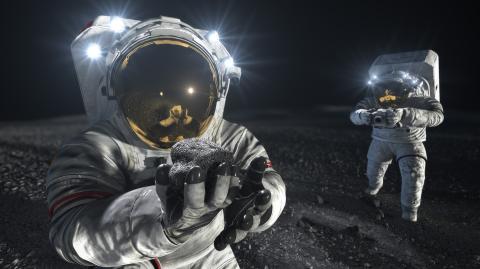 Aug 23, 2023
Aug 23, 2023Johns Hopkins APL’s EAGLE Team Lands Lunar Science Assignment for NASA’s Artemis III Mission
NASA has selected an APL-led team to support the science mission of the first crewed landing of the agency's Artemis program to explore the Moon. -
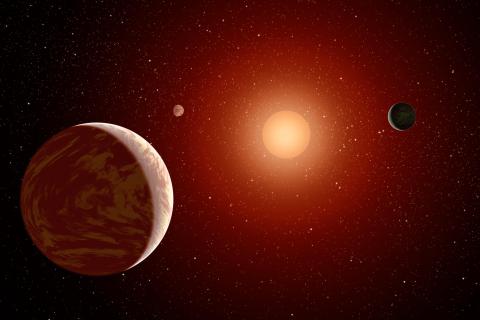 Aug 17, 2023
Aug 17, 2023Exoplanet Team Wins NASA Award to Search for Habitable Planets
NASA recently announced the selection of seven teams as part of its astrobiology research program, one of which will be led by APL researcher Kevin Stevenson. The team will assess the habitability of rocky exoplanets orbiting red dwarf stars, building on a project started in 2020. -
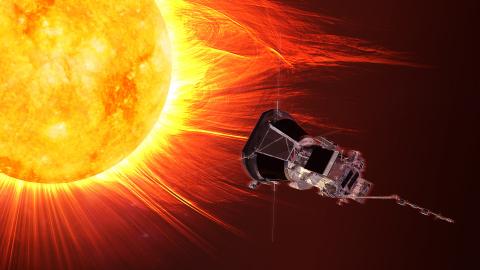 Aug 11, 2023
Aug 11, 2023A Fast Five: Durable Parker Solar Probe Exceeding an Exploration Vision
Five years after launch, having flown through the hottest swaths of the inner solar system, NASA's Parker Solar Probe isn't just surviving, it's thriving. -
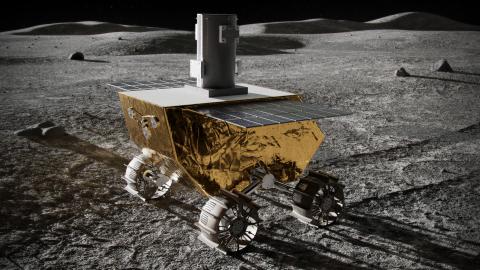 Aug 7, 2023
Aug 7, 2023Tiny but Mighty Lunar Rover Moves One Step Closer to Launch
In 2024, a small rover is set to roam the Moon, collecting critical data to help scientists better understand characteristics of the lunar surface. Johns Hopkins APL recently received the rover from commercial partner Lunar Outpost. The rover is a key element of NASA's Lunar Vertex payload suite. -
 Aug 3, 2023
Aug 3, 2023Space Program Opportunities Inspire Johns Hopkins APL Intern to Shoot for the Stars
MaKhaila Bentil, an intern at Johns Hopkins APL, has charted a course for leadership early on in her career. -
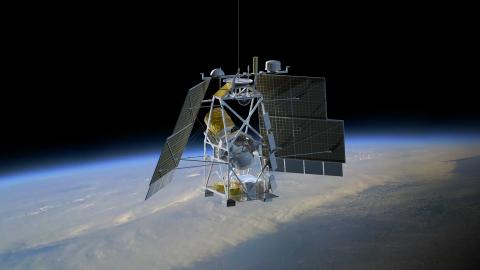 Jul 17, 2023
Jul 17, 2023GUSTO Balloon Observatory Mission Ships Out in Preparation for Antarctic Launch
On July 3, the integrated gondola and payload for NASA's Galactic/Extragalactic ULDB Spectroscopic Terahertz Observatory (GUSTO) shipped from Johns Hopkins APL on a long route to Antarctica. -
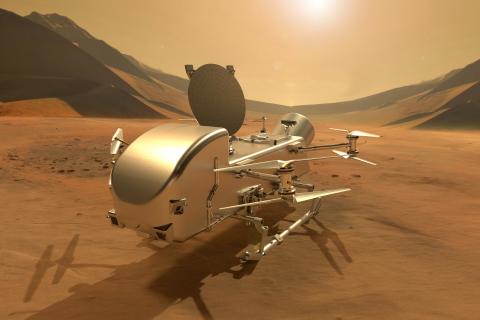 Jul 11, 2023
Jul 11, 2023A Rotorcraft Designed for the Dunes of Titan
Saturn's largest moon Titan is an ocean world with sandy dunes at its equator, but where those dunes come from and what they're made of remain mysterious. That's where NASA's Dragonfly mission will fly in to help. -
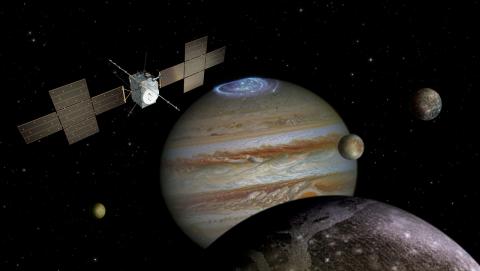 Jul 11, 2023
Jul 11, 2023Johns Hopkins APL Instruments Aboard Europe’s Jupiter Mission Successfully Hum to Life
Just months after a successful launch from French Guiana, the two particle-detecting instruments APL built on behalf of NASA for Europe's Jupiter Icy Moons Explorer mission have already displayed their sophisticated capabilities.
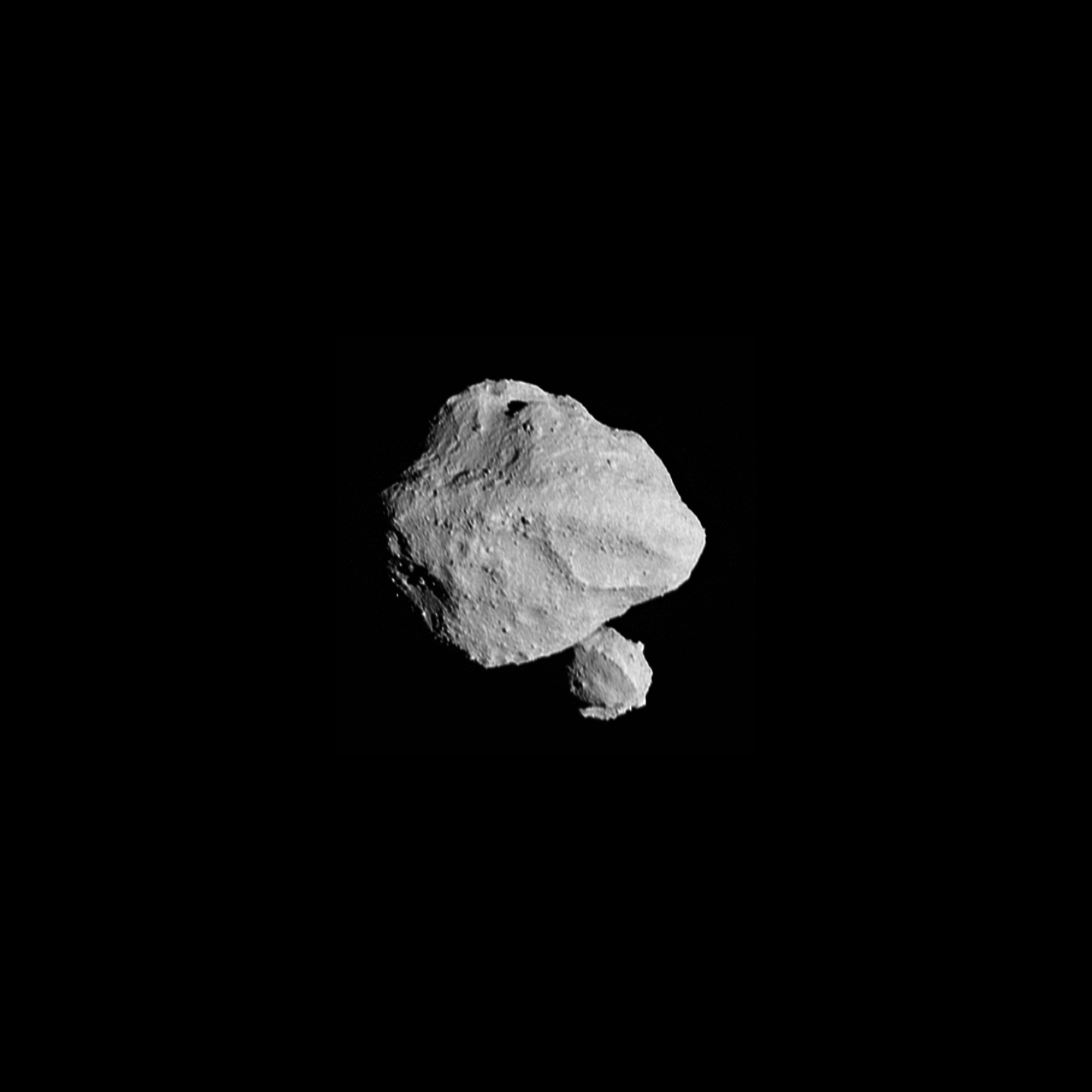
Featured Image


